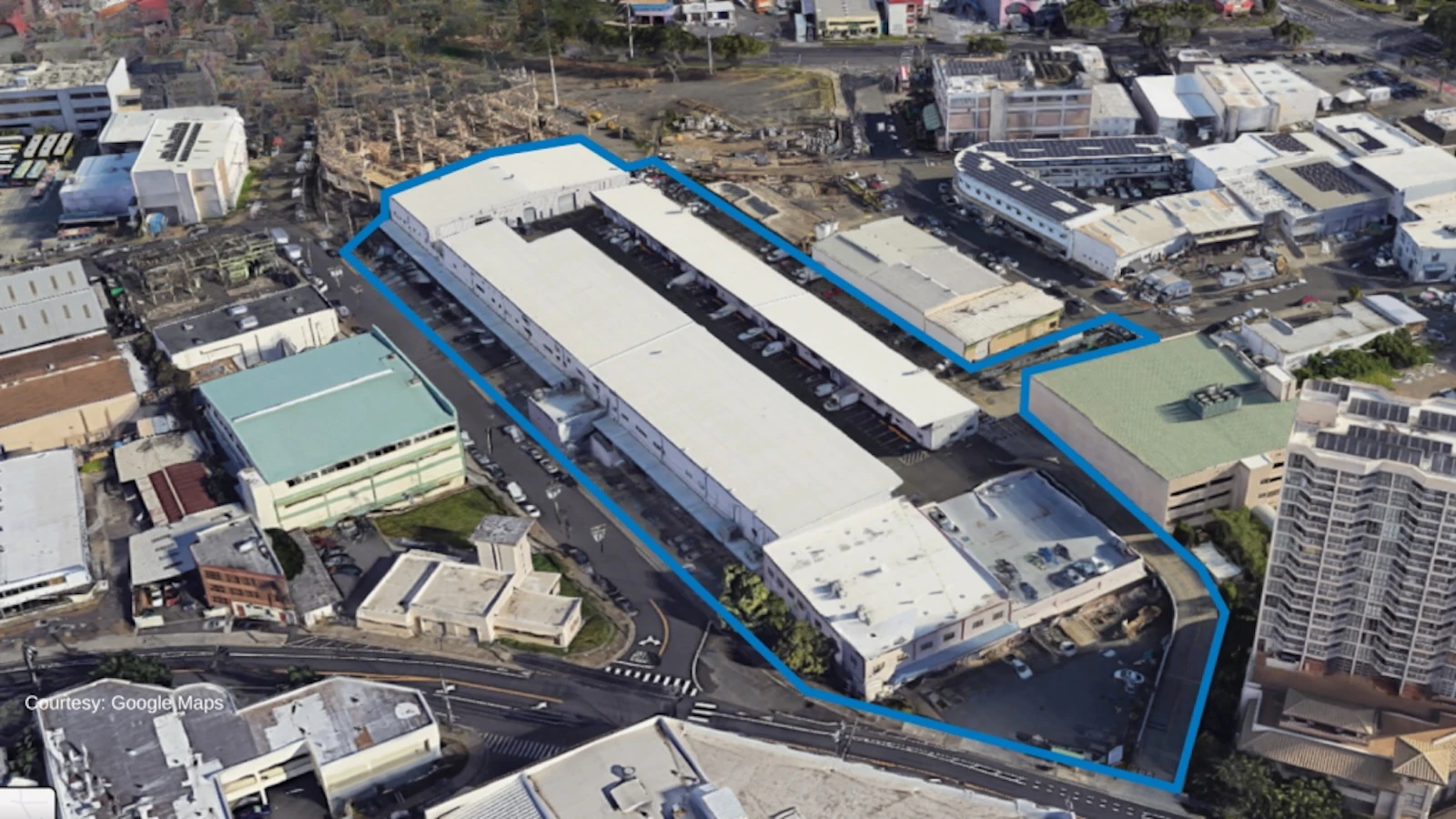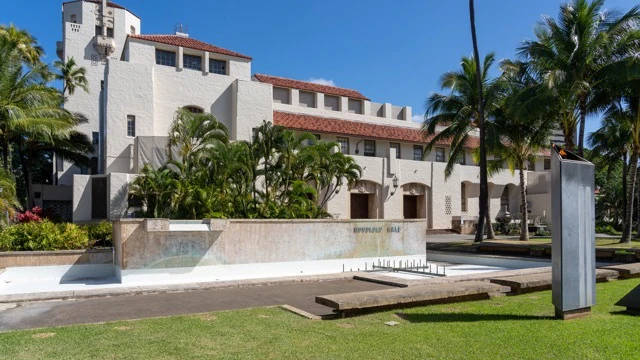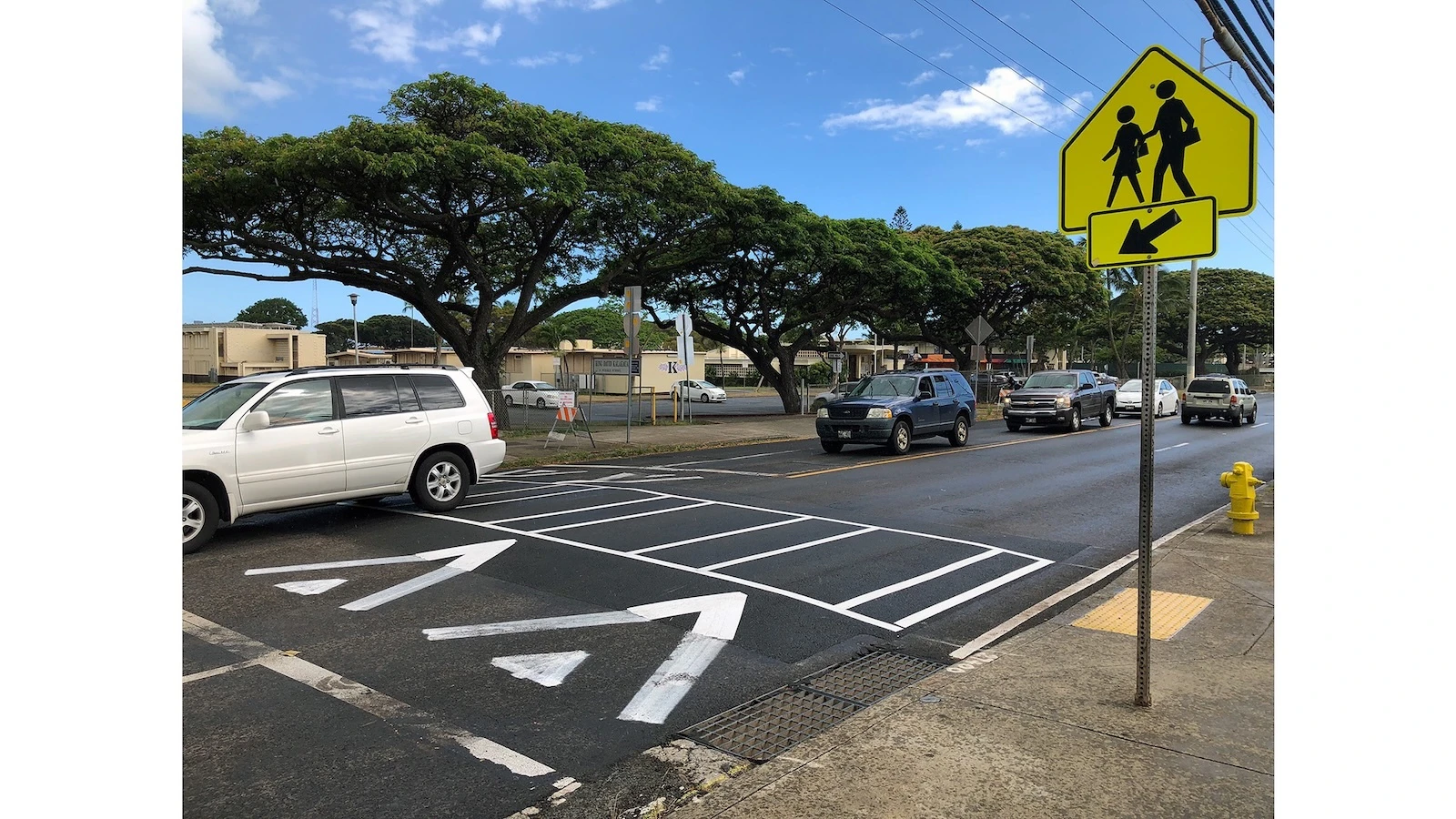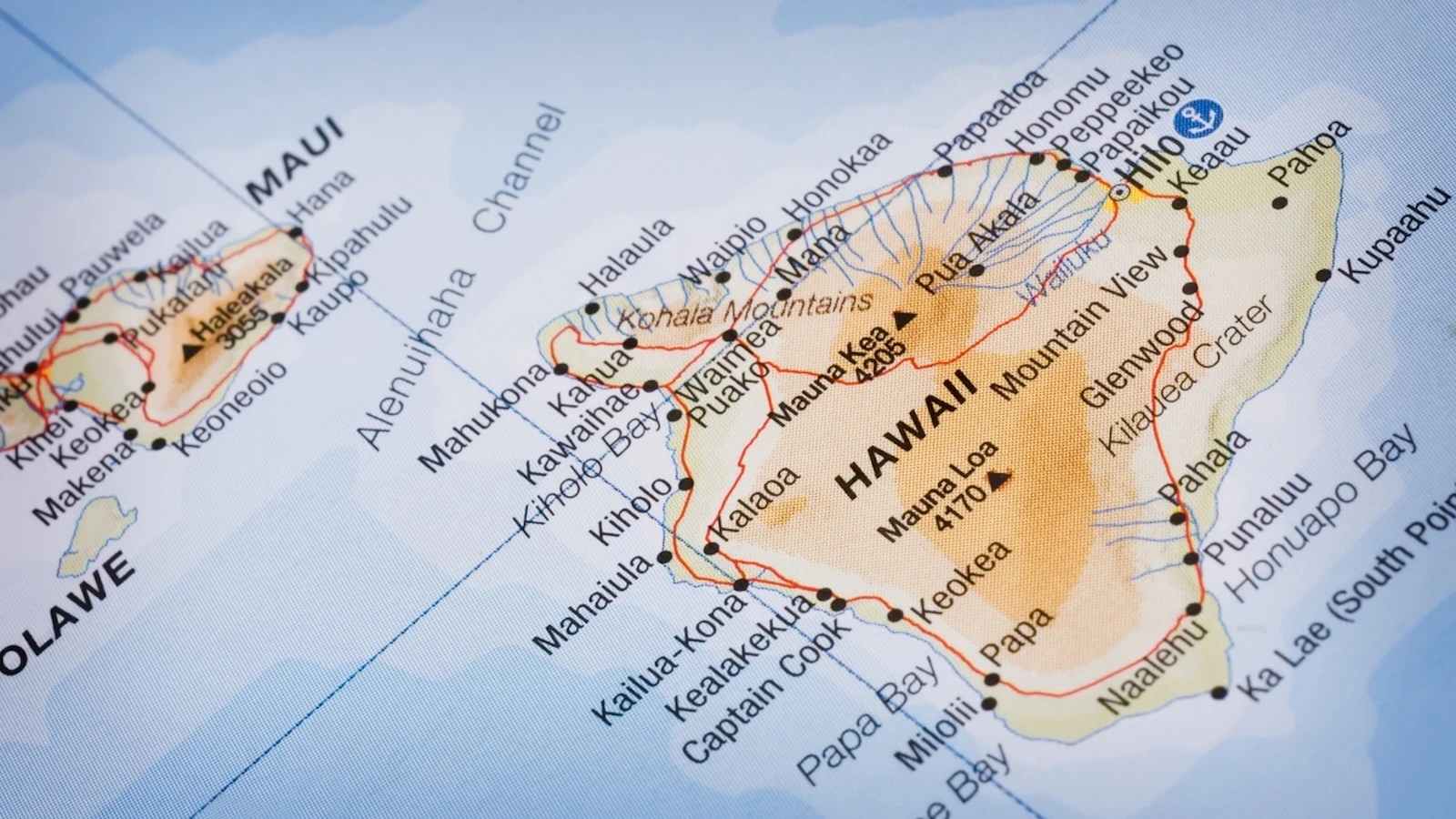At Aloha State Daily, sometimes readers provide tips, ask questions or share observations that lead to our next stories.
One that came our way recently was a claim that “judges in Hawai‘i only work one week a month.” It was a quick email to the state Judiciary to confirm that judges work full-time, but it led to the question: “what do judges do all day?”
To answer that, we spoke to Ronald Ibarra, former chief judge of the Third Circuit Court on Hawai‘i Island from 1989 to 2017, about his average daily workload.
“It’s definitely more than one week a month,” Ibarra laughed. He described long work weeks made up of long workdays, with the scant minutes between cases spent preparing for the next ones.
“For a typical workload, you can look at a judge’s calendar,” Ibarra said. “We’re usually in court hearing cases from 8 a.m. to 4 p.m. … That’s the most important piece of a judge’s day.”
While the type of cases heard vary between judges — district court judges will hear a high volume of low-level offenses, circuit court judges may hear cases going to jury trial, and so on — Ibarra said resolving these cases quickly is a judge’s most important role, and therefore requires a heavy workload to get through them all.
Ibarra, who said he had been assigned the role of senior family court judge on the Big Island, said family court judges have just as heavy a workload as others. In fact, he added, family court can be even harder, since issues like temporary restraining orders need to be resolved as quickly as possible in order to end potentially abusive situations.
A 2023 report by the Hawai‘i State Judiciary states that there were more than 40,000 cases across all circuit courts for the 2022-2023 fiscal year. According to the Hawai‘i State Data Book, the state employs 85 judges across its courts, not including per diem judges. (They're outnumbered — the same source notes there are nearly 5,000 active licensed attorneys in the Islands.)
But resolving any case requires preparation.
“It’s almost like being a school teacher,” Ibarra said. “Teachers need to prepare tomorrow’s lessons, and that happens after hours.”
Ibarra said prep work for the next day’s cases can last for hours after the courtroom closes. He recalled days when he stayed up past midnight researching cases for the next day. A workday also typically includes reviewing and signing motions filed with the court, which also happens outside of courtroom hours.
Prep work for upcoming cases requires not just reading what has been filed by both parties’ attorneys, but by looking through all the prior cases the attorneys have cited in their arguments to make sure they are being accurately invoked. This has become even more important in recent years, Ibarra said: several Hawai‘i lawyers have confessed earlier this year to submitting briefs generated by AI, which cited wholly fictional cases.
Preparing for jury trials also require lengthy reviews of all prior documents in the case, in order to head off any potential legal questions that may arise.
“Attorneys deserve a judge who is prepared,” Ibarra said. “We can’t keep calling a recess just so I can look things up. That’s not fair to the jury … and attorneys are charging by the hour for their services.”
Ibarra said he had a law clerk who helped with research, although that didn’t necessarily reduce his own workload.
His other assistant was a court clerk, who would be in charge of maintaining the judge’s schedule — a balancing act in and of itself, Ibarra said. Because the court clerk must be present when court is in session, they would only be able to respond to calls from attorneys — who were typically calling to schedule new court hearings — during recesses.
So, Ibarra said, court recesses would often be spent retreating to his office to catch up on voicemails and find ways to wedge new hearings into his already packed schedule.
This is another facet of the job that has become harder as technology has improved: Ibarra said that, now that files can be submitted electronically, attorneys can and have sent in motions minutes before deadlines, requiring hasty read-throughs and reviews.
As part of occasional civic education events, school classes would sometimes visit the courthouse, where Ibarra would speak about the role of the judiciary and answer questions. This, too, would take place during recesses.
As chief justice, Ibarra said he was also obligated to attend meetings and conferences, typically in Honolulu, which would also have to be fit into his schedule.
“Usually, I’d go in at 7 a.m. and stay until 6 p.m. at least,” Ibarra said. “And I’d go in on Saturdays, usually at 9 a.m. and stay until 5 p.m. Sometimes I’d go in on Sundays, too.”
Ibarra was frank about his work-life balance: “My wife hated it … If I could do it again, I don’t think I would.”
When talking to incoming judges, Ibarra said he has advised them to leave more time for their families. He added that the culture among attorneys seems to be shifting to favor a more balanced lifestyle.
Whether the pay is worth it is, of course, a matter of personal judgment, but judge salaries range from about $225,000 for a district court judge to about $272,000 for a Supreme Court justice. Judge salaries are also set to increase by about 25% over the next five years, based on recommendations to the state Legislature by the state Commission on Salaries.
For the latest news of Hawai‘i, sign up here for our free Daily Edition newsletter!





